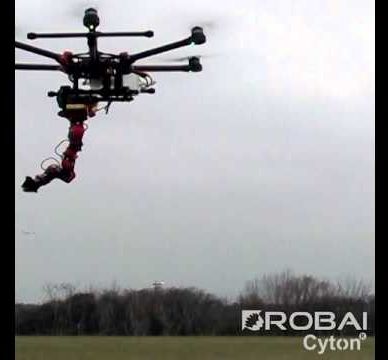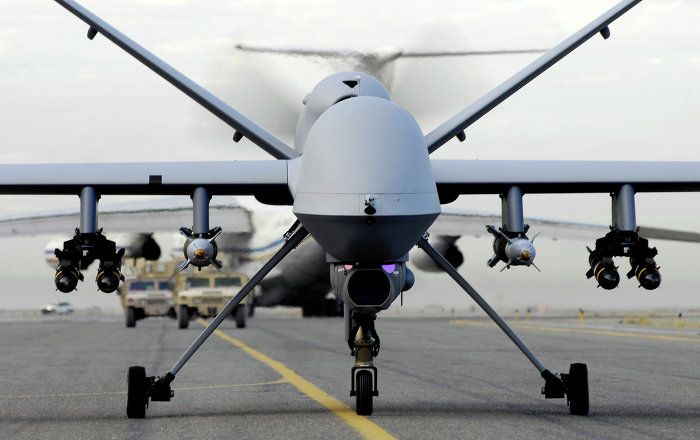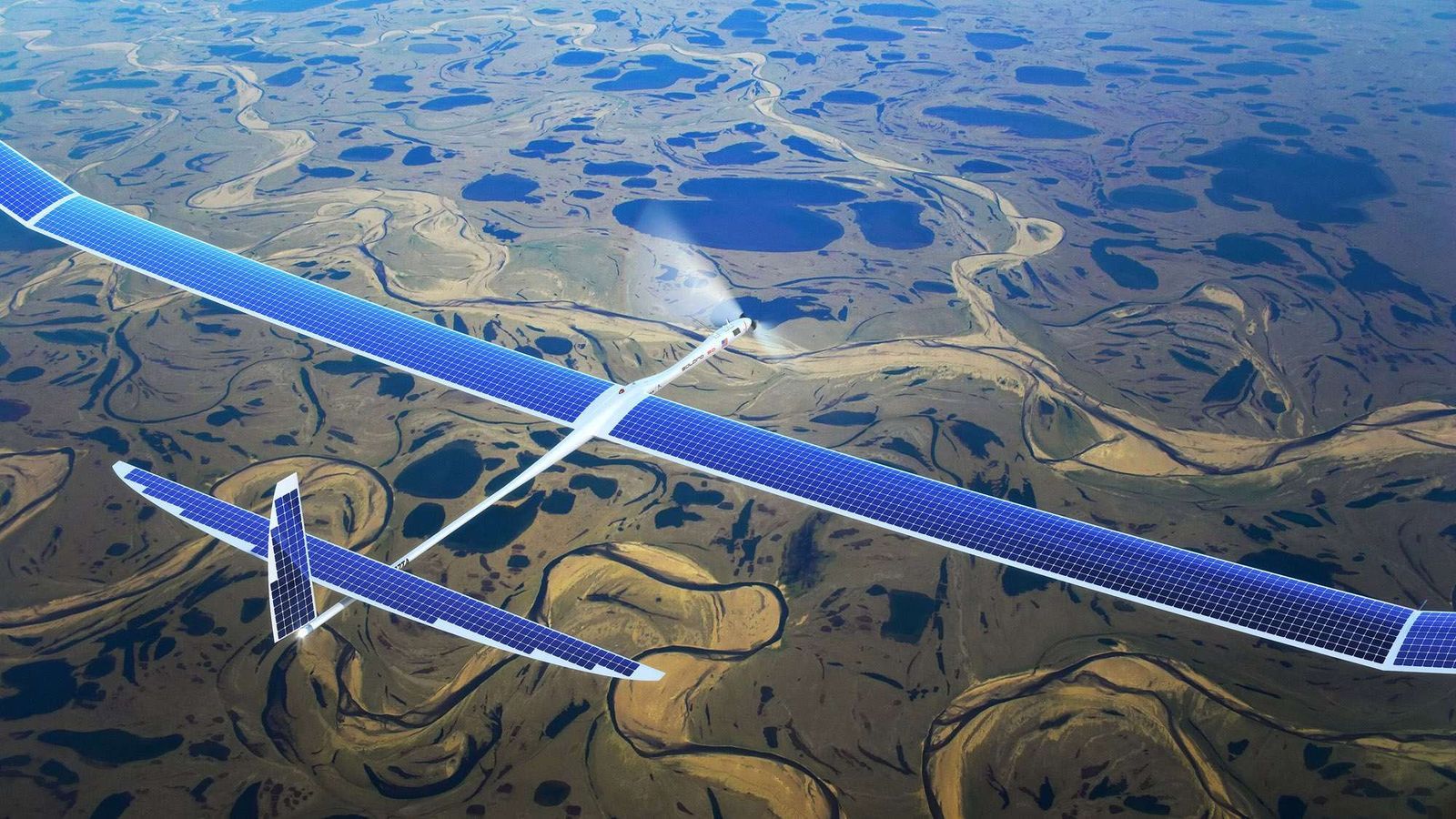Feb 16, 2016
From surveillance to smuggling: Drones in the War on Drugs
Posted by Karen Hurst in categories: biotech/medical, drones, robotics/AI, transportation
Here is a thought — we’re already seeing criminals using drones for smuggling and hackers are enjoying holding data for ransom; what is going to happen when we add self driving cars, robots, etc. to this ever growing Cyber risks? Will we see a day that we have to register our drones and other robots with a national register and do a background check on owners because these things can be used as weapons?
“In Latin America drones are being used as part of the War on Drugs as both regional governments and the US are using surveillance drones to monitor drug trafficking and find smuggling routes. However, as drones are increasingly being used by drug cartels themselves to transport drugs between countries, could Latin America find itself at the forefront of emerging drone countermeasures?”
Source: From surveillance to smuggling: Drones in the War on Drugs | Remote Control Project Blog.



















